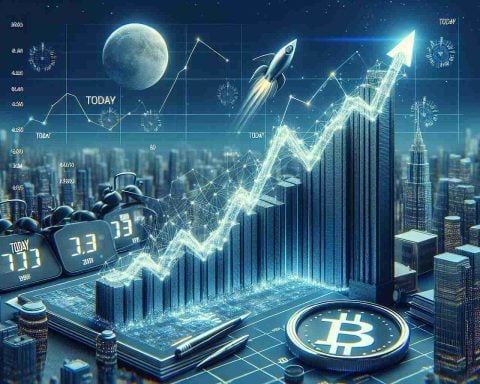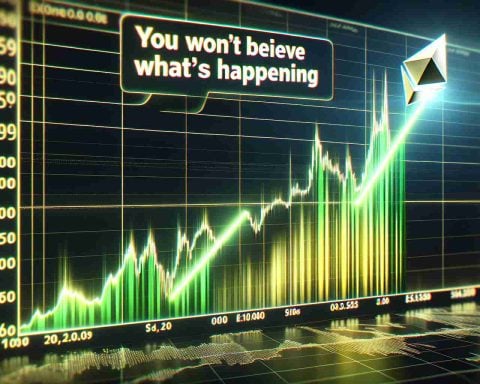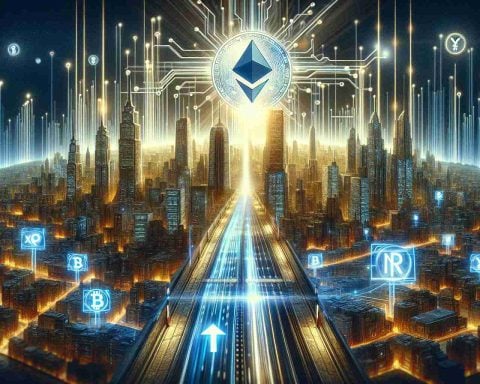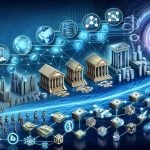When we think about currency, we often picture coins, notes, or other physical forms. But what does Bitcoin look like? The answer is more intriguing than you might expect: Bitcoin doesn’t have a physical form at all. Unlike traditional money, Bitcoin is a completely digital currency.
Bitcoin exists entirely in the world of 1s and 0s. It’s a decentralized digital currency, which means it’s not governed by any central bank or authority. Rather, Bitcoin operates on a peer-to-peer network, facilitating transactions through computer code called a public ledger or blockchain. This blockchain records every Bitcoin transaction ever made, providing transparency and security in a digital form.
Despite its digital nature, Bitcoin is often represented by a physical symbol: a stylized letter “B” with two vertical strokes through it, similar to a dollar sign. This symbol is widely recognized in the same way we recognize a dollar or euro sign, but it’s purely representational and has no physical counterpart in the real world.
Additionally, there are novelty items like “physical Bitcoins,” which are collectible coins made of metal. However, these are merely artistic representations and have no actual Bitcoin stored within them.
In essence, Bitcoin exists purely in the digital realm. Its appearance is defined by the blockchain technology that enables it, the recognizable logo, and the network of computers that support its transactions across the globe. So while you can’t touch Bitcoin, its impact on the financial world is very real indeed.
The Hidden Face of Bitcoin: How Its Lack of Physical Form Impacts Global Communities
Bitcoin, an entirely digital entity, is transforming financial landscapes across the globe in unexpected ways. Beyond its role as a decentralized digital currency, Bitcoin’s lack of physical form holds significant implications for societies.
Innovative Benefits and Challenges:
Bitcoin’s decentralized nature means that it can be accessed by anyone globally without the need for a bank account, offering financial inclusion to billions without access to traditional banking systems. This empowers individuals in economically disadvantaged regions, fostering economic independence and growth. For instance, in countries with unstable currencies, Bitcoin provides a stable alternative, protecting people from hyperinflation.
However, this same feature invites controversy. Bitcoin is often criticized for facilitating illegal activities. The relative anonymity of transactions on the blockchain makes it a preferred medium for illicit dealings, from black market operations to tax evasion.
Interesting Facts:
– Did you know that Bitcoin mining consumes more electricity annually than some countries? This environmental impact raises concerns about its sustainability.
– The pseudonymous creator of Bitcoin, Satoshi Nakamoto, remains one of the greatest mysteries of the modern financial world.
What Does Bitcoin Look Like?
Uniquely, Bitcoin takes the form of virtual transactions rather than physical coins or notes. Yet, it is characterized by its iconic “B” symbol, which has now become synonymous with the concept of cryptocurrency.
For further exploration into Bitcoin and its broader impacts, consider visiting Bitcoin News and Blockchain.
In summary, while Bitcoin’s digital nature presents profound opportunities for economic empowerment and innovation, it also poses significant challenges that demand global attention and dialogue.
















